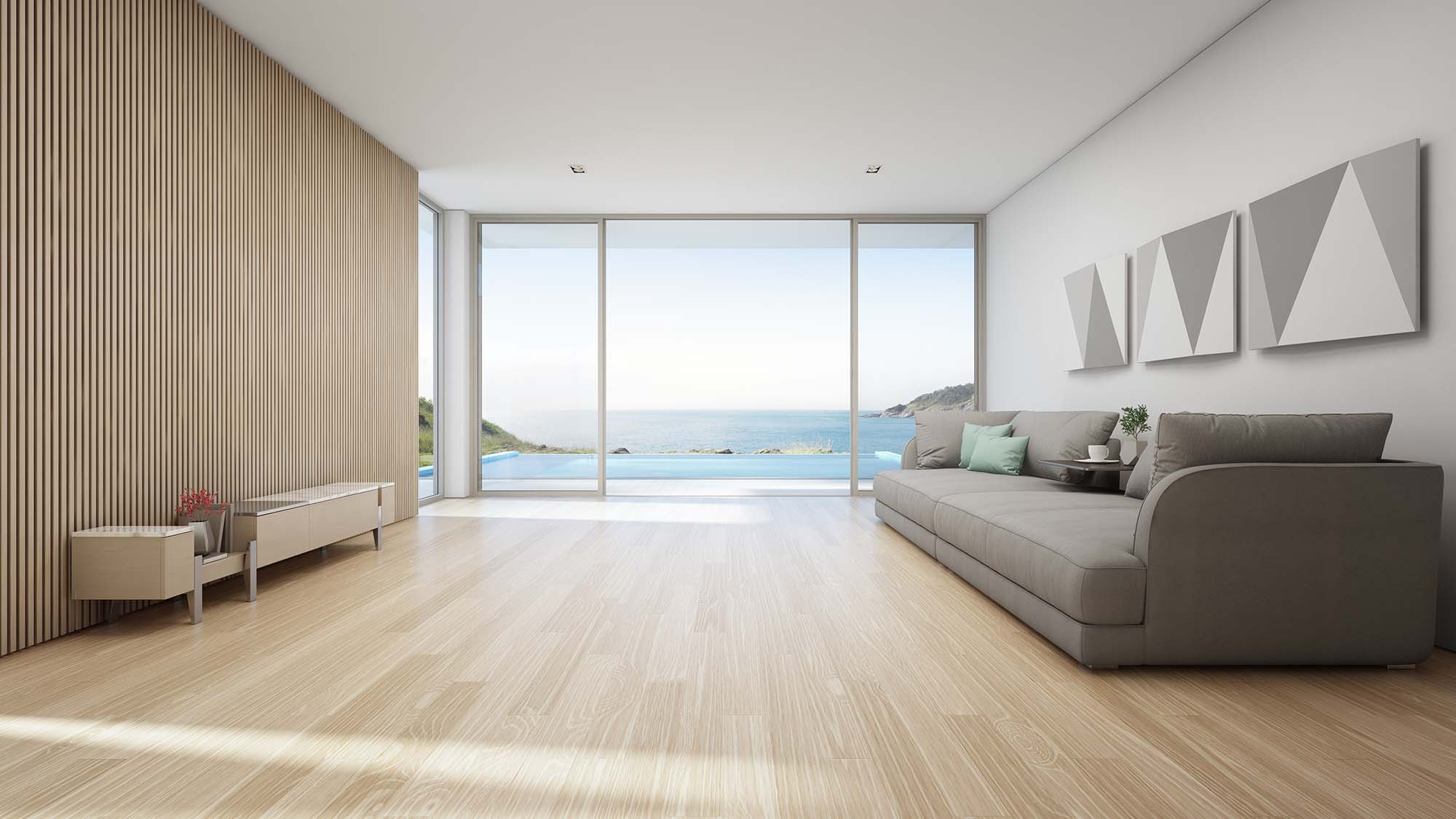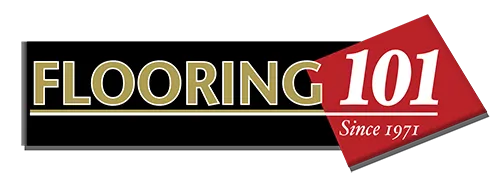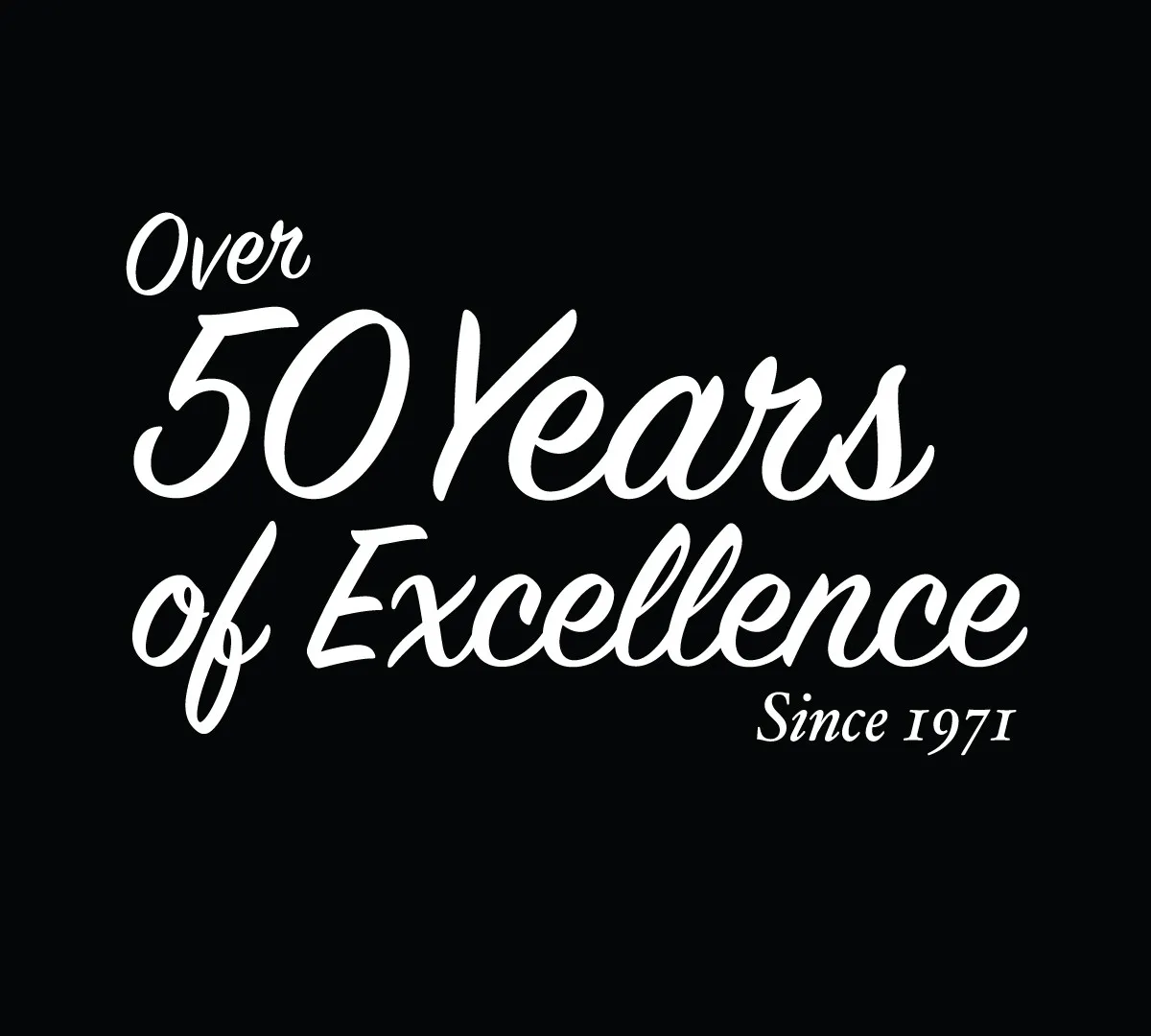Why Laminate Flooring is a Great Choice for the California Climate
California’s central and southern regions present a beautiful but challenging duality when it comes to home construction and interior finishes. From the arid, scorching heat of Bakersfield’s inland valleys to the cooler, more temperate, yet humidity-fluctuating air of Ventura’s coastal communities, flooring materials must be versatile, stable, and resilient. For decades, solid hardwood was the standard, but it is notoriously susceptible to the shifts in temperature and humidity that define the Golden State.
Modern laminate flooring, however, offers a compelling solution specifically engineered for these diverse conditions. Thanks to its smart, layered construction, laminate delivers the realistic aesthetics of natural wood or stone while offering far greater dimensional stability, making it an exceptionally smart and stylish choice for any California home, regardless of whether it’s baking in the San Joaquin Valley sun or breathing the Pacific marine layer.

The Challenge of the California Climate
To understand why laminate excels, you must first recognize the environmental stresses that traditional flooring materials face in California. The primary enemy of natural wood flooring is not traffic it’s moisture and temperature fluctuation.
The Arid Heat of Inland California (Bakersfield)
Areas like Bakersfield and the broader Kern County experience extreme dry heat during the day, which is often exacerbated by running air conditioning systems that actively pull moisture out of the air.
- Low Humidity Stress: When solid hardwood dries out, the wood fibers shrink and contract, which inevitably leads to gaps appearing between the planks and, in severe cases, cracking, checking, and weakening of the material.
- Temperature Stress: Extreme temperature swings from a 105°F summer afternoon to an air-conditioned 72°F interior can put constant, intense stress on natural materials, requiring meticulous climate control to maintain the wood’s integrity.
The Temperate Fluctuations of Coastal California (Ventura & Oxnard)
Coastal towns like Ventura, Oxnard, and Santa Maria face a different challenge: the marine layer. While temperatures are moderate, relative humidity can spike significantly, especially in the early morning or evening.
- High Humidity Stress: When solid hardwood absorbs moisture from the air, the wood fibers swell. If there isn’t enough expansion space, this swelling causes the planks to push against each other, leading to “cupping” (the edges of the plank rising higher than the center) or “buckling” (the floor lifting off the subfloor).
- Rapid Cycling: The daily cycle of high morning humidity and lower afternoon humidity creates a constant state of expansion and contraction that wears down the structural stability of traditional wood over time.
Laminate’s Engineered Advantage: Dimensional Stability
High-end laminate is specifically designed to minimize the natural movement inherent in solid wood. Its layered composition is the secret to its superior performance in California’s challenging climate.
The High-Density Fiberboard (HDF) Core
The central layer of laminate is the High-Density Fiberboard (HDF) core. This core is made from wood fibers that have been broken down, mixed with wax and resin, and compressed under extreme pressure and heat.
- Minimizing Porosity: This process makes the core significantly denser and less porous than solid wood. It acts as a structural stabilizer that is far less prone to absorbing ambient moisture or rapidly releasing it, which is the root cause of movement in solid hardwood.
- Stress Distribution: Unlike a single piece of wood, the layered construction—with its protective wear layer and balancing backer layer distributes environmental stress across the entire plank, greatly reducing the visible effects of expansion and contraction, such as gapping or buckling.
Superior Acclimation and Installation
Laminate installation is inherently more forgiving in fluctuating climates because it is installed as a floating floor.
- Required Gaps: Laminate is installed with a small, necessary expansion gap around the perimeter of the room, allowing the entire floor to expand or contract slightly as a unit. This freedom of movement prevents the buildup of pressure that causes cupping and buckling in moisture-reactive floors.
- Rapid Acclimation: While all flooring needs to acclimate, modern laminate requires a shorter acclimation period than solid wood, as its HDF core is less reactive to temporary changes in temperature and humidity during shipping and installation.
Laminate vs. Solid Hardwood in California
When weighing the best choice for a home in Ventura, Santa Maria, or Bakersfield, the climate stability of modern laminate offers compelling functional benefits over its solid wood counterpart.
| Feature | Modern Laminate Flooring | Solid Hardwood Flooring |
| Reaction to Dry Heat (Bakersfield) | Minimal contraction; resistant to noticeable gapping and cracking due to stable HDF core. | Significant contraction; highly prone to gapping and potential cracking as the wood dries out. |
| Reaction to Humidity (Ventura) | Highly resistant to swelling and warping; engineered layers distribute moisture stress. | Highly susceptible to swelling, leading to cupping, crowning, and potential buckling. |
| Maintenance | Very low; requires no sealing, refinishing, or specialized moisture control systems. | High; requires strict humidity control (30%-50% Relative Humidity) and periodic sanding/refinishing. |
| Scratch Resistance | Excellent; protected by an extremely hard, dense aluminum oxide wear layer (AC4-AC5 rating). | Moderate; easily dented or scratched by sand and grit tracked in from the beach or patio. |
| Cost | Significantly lower cost for materials and installation. | High initial cost for materials and labor. |
The Stylish & Practical Choice for a California Lifestyle
Choosing laminate for your California home means you don’t have to sacrifice style for stability. Advanced digital printing techniques allow modern laminate to perfectly replicate the latest flooring trends, from wide-plank, cool-toned white oaks for a modern Ventura beach house to rich, traditional hickory looks for a classic Bakersfield ranch home.
In the end, modern laminate flooring is a brilliant marriage of form and function. It provides the high-end, realistic appearance demanded by California homeowners while delivering the dimensional stability and practical durability required to stand up to the state’s variable and often extreme climate conditions—a smart investment for a beautiful, long-lasting floor.
Don’t let California’s challenging climate dictate your style; choose stability and beauty with modern laminate! Visit one of our seven convenient showrooms in Oxnard, CA, Ventura, CA, Bakersfield, CA, Goleta, CA, Thousand Oaks, CA, Santa Maria, CA, or Simi Valley, CA to explore the vast inventory of climate-ready laminate and discuss a free estimate with our experts, who have been proudly serving Ventura, Kern, & Santa Barbara Counties for over 50 years.


